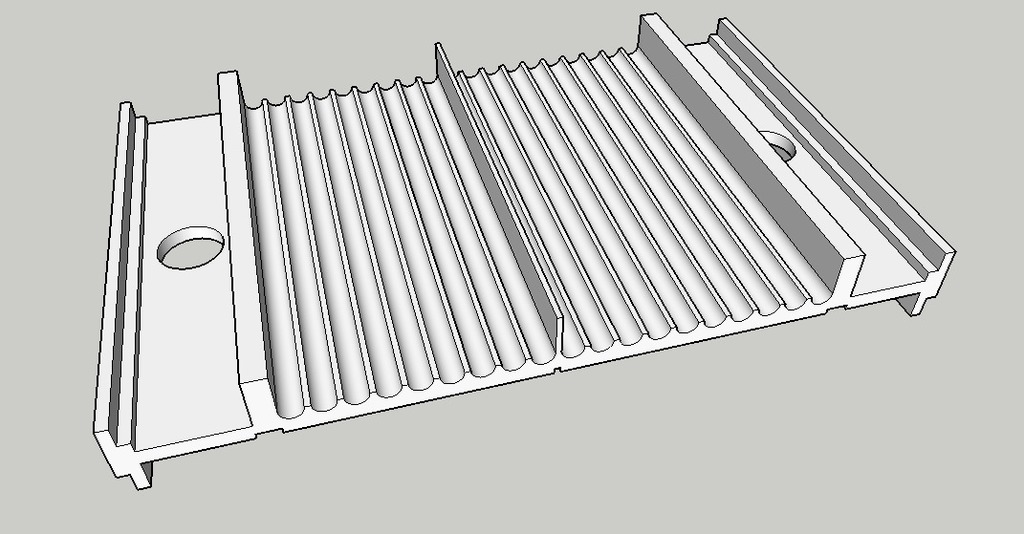
18 Ethernet Cable Guide
thingiverse
Ethernet Cable Essentials: A Comprehensive Guide to Reliable Connectivity Solutions Ensuring seamless communication between devices is crucial in today's fast-paced digital world. The backbone of this connectivity lies in the humble Ethernet cable, a ubiquitous yet often underappreciated component of our technological infrastructure. In this guide, we'll delve into the realm of Ethernet cables and other cabling solutions, exploring their significance, types, applications, and best practices for installation and maintenance. **Understanding Ethernet Cables** Ethernet cables are designed to transmit data between devices over a network, utilizing Cat5e (Category 5 enhanced) or higher-rated cable standards. These cables come in various lengths and configurations, making them suitable for both home networks and large-scale commercial setups. They're constructed with twisted pairs of copper wires, which help reduce electromagnetic interference (EMI) and ensure reliable data transfer. **Cable Types and Applications** Different types of Ethernet cables cater to specific needs: * **Cat5e**: Suitable for 10/100 Mbps networks, commonly used in home networking setups. * **Cat6**: Supports 10/100/1000 Mbps speeds, ideal for commercial environments with high data transfer requirements. * **Cat7**: Employs shielded twisted pairs (STP) to reduce EMI and is often used in industrial or high-security applications. **Cabling Solutions** In addition to Ethernet cables, other cabling solutions play a vital role in maintaining efficient network connectivity: * **Fiber Optic Cables**: Utilize light to transmit data over longer distances with greater speed and security. * **Coaxial Cables**: Suitable for high-speed internet applications, such as cable TV and broadband connections. **Installation and Maintenance Best Practices** To ensure optimal performance from your cabling solutions: 1. **Proper Cable Handling**: Avoid bending or stretching cables excessively, as this can cause damage to the internal wiring. 2. **Secure Connections**: Ensure all connections are snug but not overly tight, preventing damage to the cable or connector. 3. **Regular Inspections**: Periodically check for signs of wear, such as frayed insulation or exposed wires. By understanding Ethernet cables and other cabling solutions, you'll be better equipped to manage your network effectively, ensuring seamless communication between devices and maximizing productivity in your home or commercial environment.
With this file you will be able to print 18 Ethernet Cable Guide with your 3D printer. Click on the button and save the file on your computer to work, edit or customize your design. You can also find more 3D designs for printers on 18 Ethernet Cable Guide.
